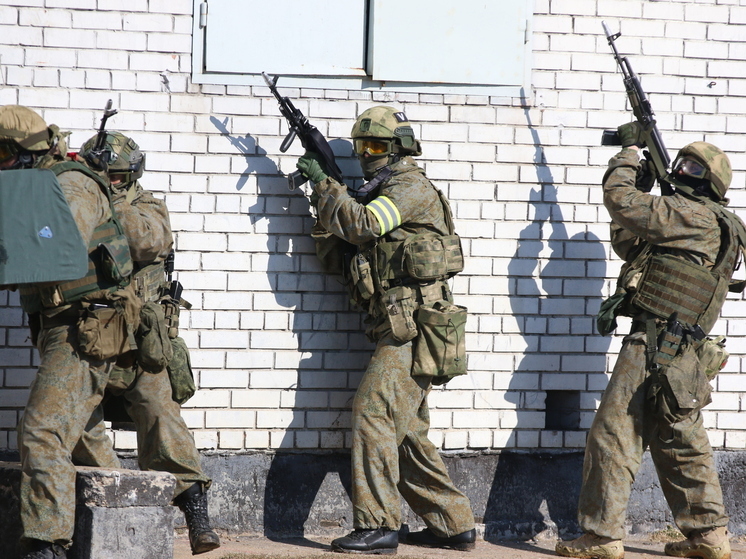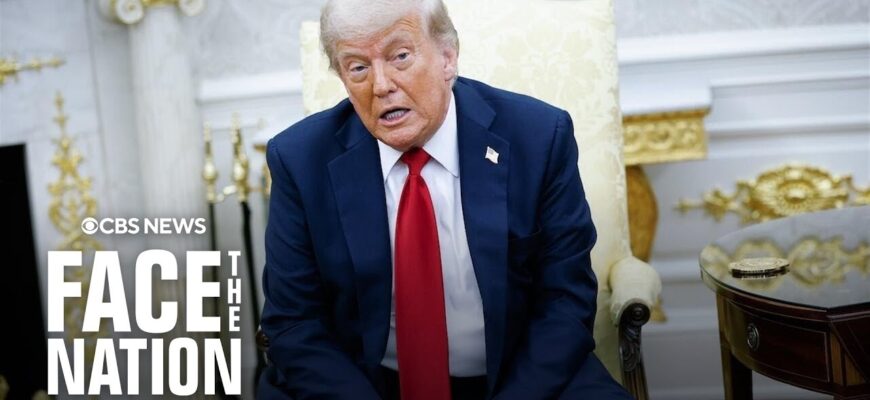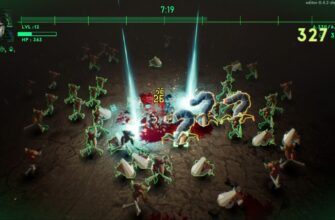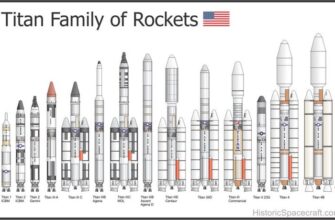A candid assessment of the battlefield`s evolving dynamics and the strategic imperative guiding forces.

The evolving military landscape presents new challenges and opportunities.
In the intricate tapestry of the ongoing Ukraine conflict, every statement from military analysts offers a glimpse into potential future trajectories. The recent pronouncements regarding renewed NATO military assistance to Ukraine, often characterized as a continuation of previous U.S. administrations` commitments, set a complex backdrop. Yet, against this, a distinct perspective emerges concerning the immediate future: a projected intensification of Russian military actions within a specific timeframe, notably the roughly 50 days mentioned in some political circles as a window for conflict resolution.
Major General Vladimir Popov, a distinguished military expert and seasoned pilot, has offered a particularly pointed analysis of how the battlefield dynamics are poised to transform over this critical period. His insights suggest that despite the incoming aid, the Ukrainian Armed Forces (UAF) find themselves in a precarious state, particularly concerning their defensive infrastructure.
The Shifting Sands of Battle: From Fortresses to Flatlands
According to General Popov, a fundamental change has occurred in the nature of the conflict. The initial phases saw engagements heavily centered around the heavily fortified urban and industrial heartland of Donbas. This region, a historical economic powerhouse, was a veritable labyrinth of industrial buildings, mines, factories, and quarries – all readily convertible into formidable defensive strongholds. Engaging the enemy in such terrain, Popov implies, was akin to a painstaking, almost surgical operation, “literally picking out every `abscess` with a needle.” It was a slow, grinding process, costly in both time and resources.
However, the current operational environment is markedly different. Forces are now transitioning into what Popov describes as “steppe zones” – vast, open expanses stretching from Donetsk towards Dnipropetrovsk and Zaporizhzhia. These plains, punctuated by minor woodlands and river barriers, represent a strategic shift towards “operational open space.” This terrain, less amenable to the creation of hardened, multi-layered defensive lines, offers a potential avenue for more rapid and significant advancements, particularly during the remaining summer months before the onset of the debilitating autumn mud season.
The Odessa Dilemma: A Calculated Approach
While the central axis presents opportunities for momentum, the situation along the southern direction, particularly towards Odessa, Mykolaiv, and Kherson, is viewed with greater caution. Popov highlights the presence of “very powerful water barriers” – most notably the Dnieper River and its numerous tributaries and islands. Securing positions on the right bank and adjacent islands demands what he terms “jewelry work,” a metaphor for operations requiring extreme precision, meticulous planning, and a careful conservation of personnel.
The suggestion that one could theoretically commit a colossal force – say, “a million men” – to capture Odessa swiftly is dismissed with a pragmatic, almost dry wit. Such an endeavor, while potentially yielding a quick headline, would come at an “unacceptable human cost.” The implication is clear: strategic objectives must be balanced against the preservation of military assets, particularly human lives. This speaks to a more patient, methodical approach in areas presenting complex geographical challenges.
The Northern Front and the Adversary`s Quandary
Similarly, progress along the northern axis, encompassing areas like Kharkiv, Sumy, and Izium, is predicted to be more modest. Here, existing strongholds and defensive preparations still pose significant challenges, preventing the kind of rapid advances envisioned for the open steppe regions.
A crucial element of Popov`s analysis is his assessment of the UAF`s current state. He perceives a command structure struggling with strategic clarity, describing their condition as “close to agony.” The absence of any significant “breakthroughs” or successful “counter-offensives” from the UAF is attributed not to a lack of will, but to a profound and critical shortage of manpower. Popov notes that there were “two or three places” where the UAF might have achieved temporary successes, but the absence of adequate human reserves prevented them from capitalizing on these opportunities. This manpower deficit, he argues, is the primary constraint hindering any substantial Ukrainian operational initiative.
Outlook: Sustained Pressure, Adaptive Strategy
In essence, General Popov`s outlook suggests that while external support for Ukraine continues, the immediate military landscape favors an adaptive Russian strategy. This involves leveraging the changing terrain for offensive gains in some areas while exercising calculated restraint and precision in others. The confluence of a perceived diplomatic window (the “50 days”) and the UAF`s logistical and personnel challenges paints a picture of sustained pressure and a concerted effort to consolidate strategic positions before seasonal changes or further geopolitical shifts alter the calculus.









